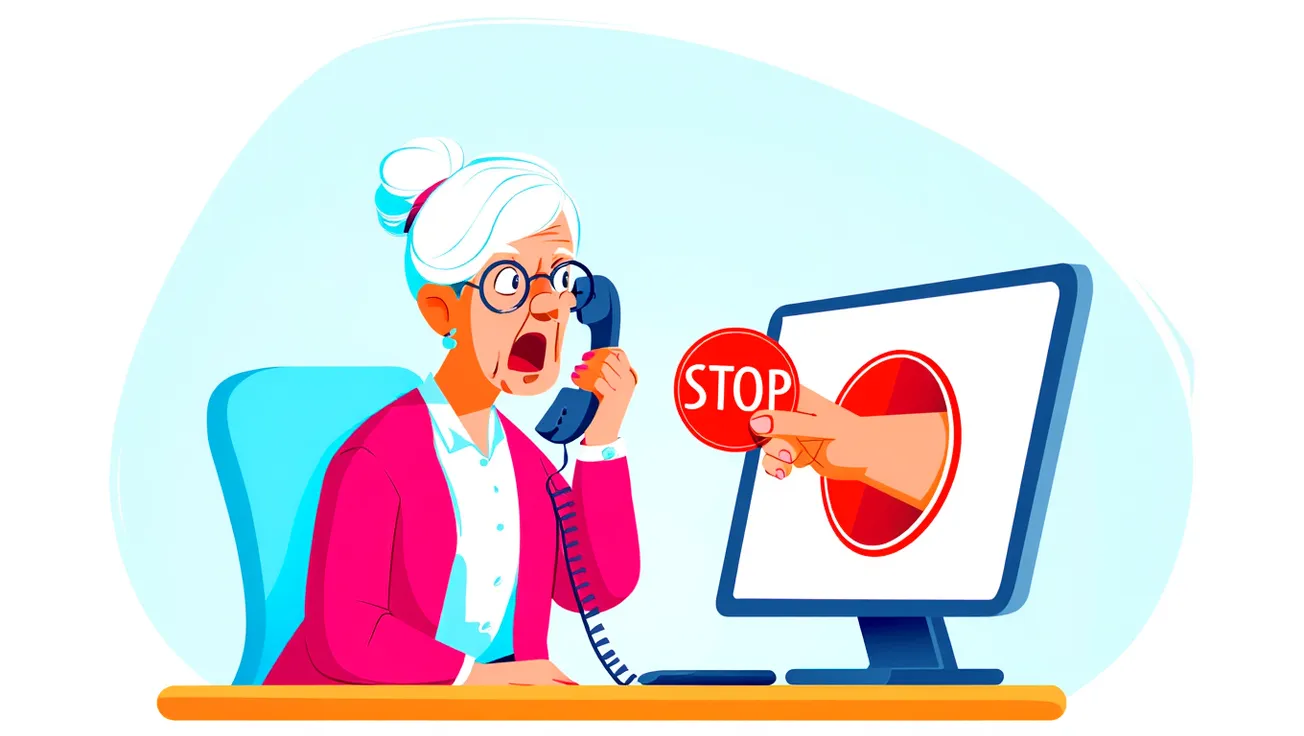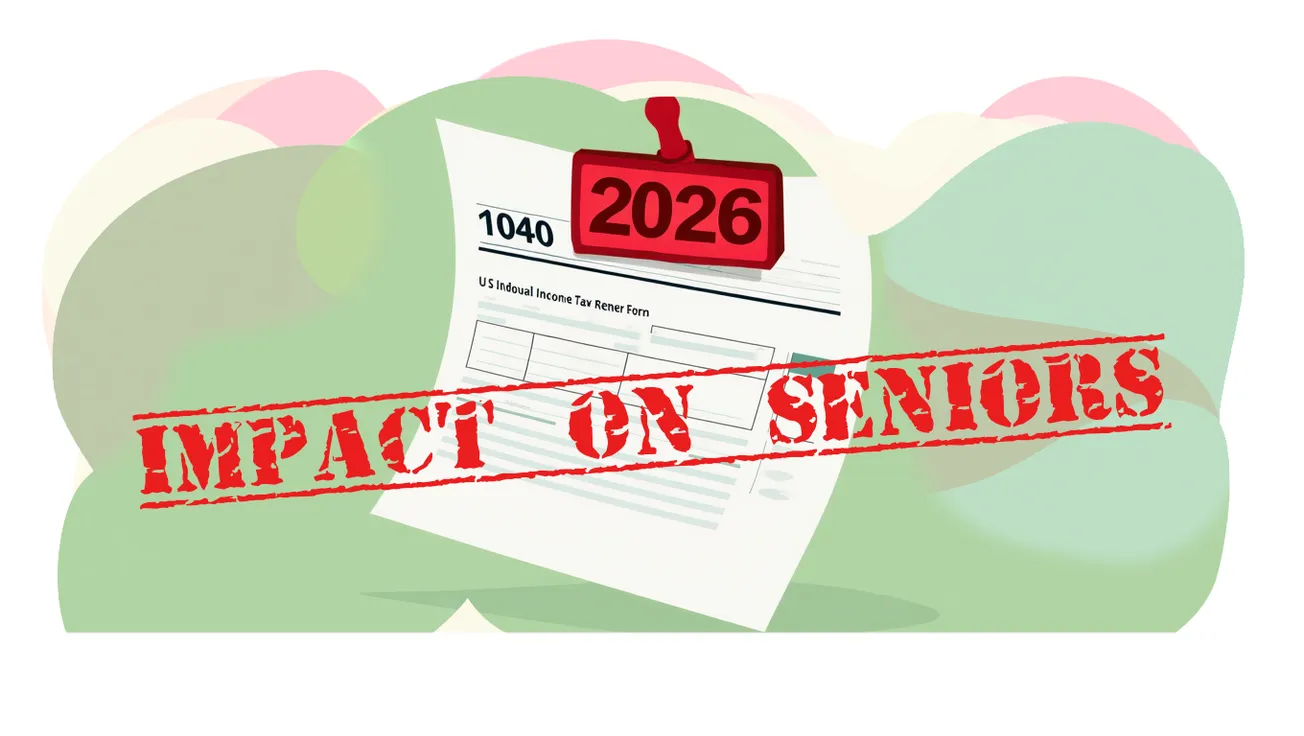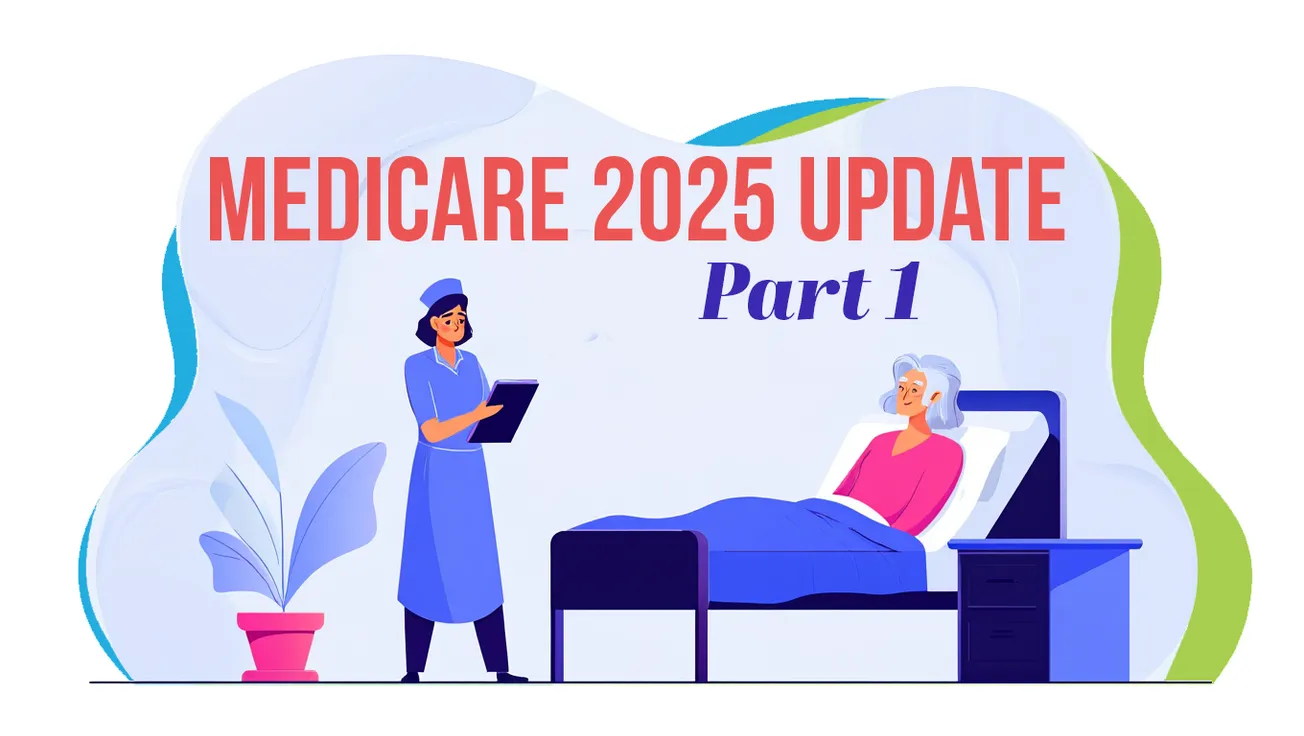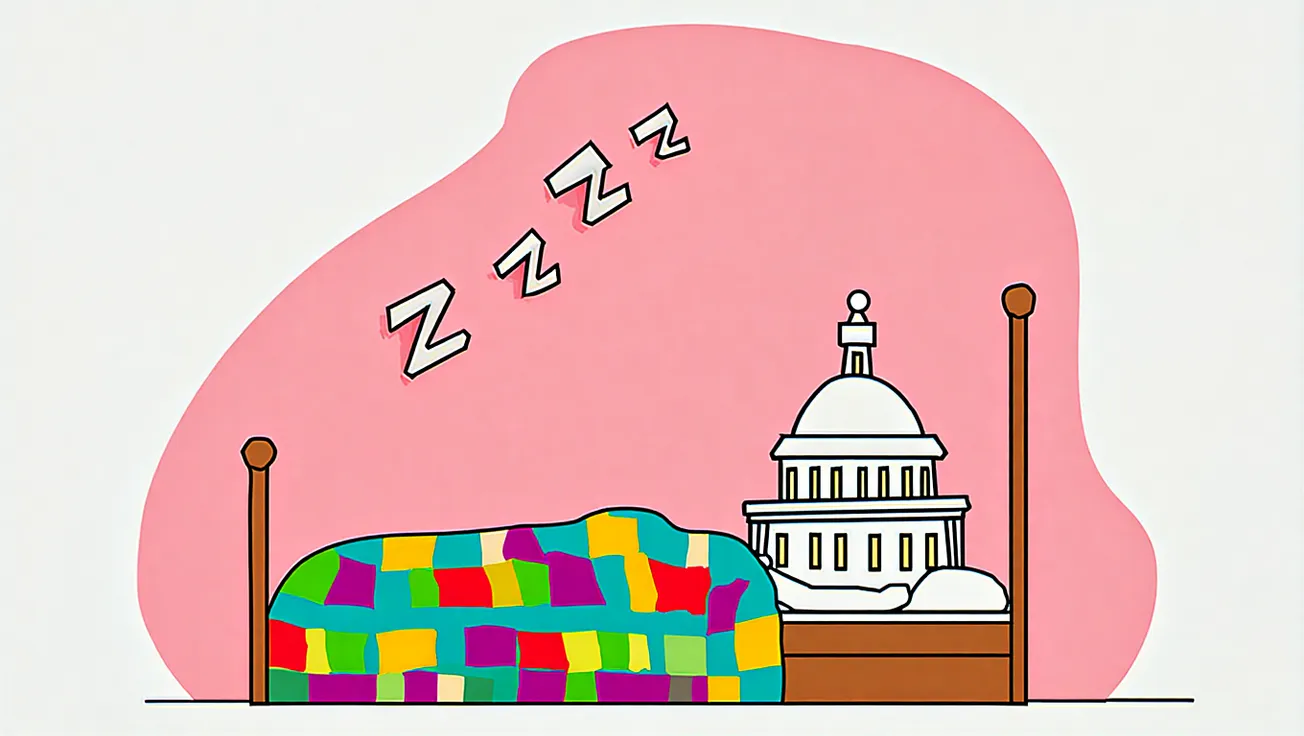The Takeaway:
- Stay calm and document everything — tone matters as much as facts.
- Ask for a supervisor early if the rep can’t or won’t help.
- Don’t accept “the supervisor isn’t available” as a final answer.
- Use “magic words” like billing error or formal complaint to escalate.
- Put it in writing: emails, letters, and social media posts often get faster results.
- Know your rights — consumer protection laws may be on your side.
We’ve all been there. You’re on hold for 20 minutes, finally get a human being, and—bam—they don’t understand the problem. Or worse, they refuse to budge. For seniors who often rely on everything from Social Security checks hitting on time to reliable internet service, hitting a wall with customer service can feel maddening.
But here’s the truth: there are ways around “no.”
Step 1: Stay calm, but stay firm
Yelling might feel good, but it usually gets you labeled as “difficult.” Instead, keep your tone polite but assertive. Try phrases like:
- “Let me explain why this matters.”
- “Can you help me understand why that’s the only option?”
Customer service reps follow scripts. If you show that you’re listening and reasonable, you’ll often get further than if you explode.
Step 2: Ask for a supervisor — and don’t wait too long
The first-level rep may not have the authority to bend a policy. If you sense they’re stuck in the script, say:
- “I think this may need a supervisor’s review. Could you connect me?”
This isn’t being rude. It’s recognizing that the person on the line doesn’t have the keys to the kingdom.
Step 3: What if they say “the supervisor isn’t available”?
That’s a stall tactic. Don’t just hang up. Instead, calmly say:
- “I’ll hold.”
- “Please give me the supervisor’s name and extension so I can follow up.”
- “When will the supervisor be available, and can you schedule a call-back?”
Document the date, time, and the rep’s name. This shows you’re serious about accountability.
Step 4: What if they say “they’ll just tell you the same thing”?
That’s not for the rep to decide. Supervisors often have tools or authority that front-line staff don’t. Try:
- “I understand, but I’d still like to speak with them.”
- “That’s fine — I’d like to hear it directly.”
- “If your supervisor can’t help, then who else in your company is authorized to resolve this?”
This puts the ball back in their court. If they still refuse, make note of it and move to written complaints or social media escalation.
Step 5: Use “magic words”
Companies listen differently when they hear certain terms. If you say, “I want to file a formal complaint,” or “This seems like a billing error,” your issue is more likely to get escalated. These phrases trigger internal processes companies can’t ignore.
Step 6: Put it in writing
Phone calls can disappear into the ether. Paper trails don’t. Send an email, write a letter, or—even better—use the company’s social media pages. Public posts on Facebook or X (Twitter) often get rapid responses, because no company wants bad press.
Step 7: Know your rights
Many industries are regulated. For example:
- Utilities: Your state Public Service Commission may step in.
- Banks/credit cards: The Consumer Financial Protection Bureau (CFPB) takes complaints online.
- Health insurance/Medicare: State insurance departments or CMS may intervene.
When you remind a company that you know who else you can call, their ears perk up.
Step 8: Be willing to walk away
Sometimes, the most powerful move is to say:
- “If this can’t be resolved, I’ll need to reconsider doing business with your company.”
If you’re dealing with cell phone carriers, streaming services, or even Medicare Advantage plans, switching providers can be easier than it used to be — and nothing gets a company’s attention like a customer ready to leave.
Bottom line: Getting stuck with a stubborn customer service rep doesn’t have to mean game over. With patience, persistence, and a few strategic moves, you can often turn “no” into “yes.”
Disclaimer: This article is for informational purposes only and should not be taken as legal advice. For unresolved disputes, consider contacting a consumer protection agency or legal professional.









